“It was the reason I did everything. It’s the reason I played the guitar.” Pete Townshend on the awful gift that made the Who one of the world's greatest rock bands
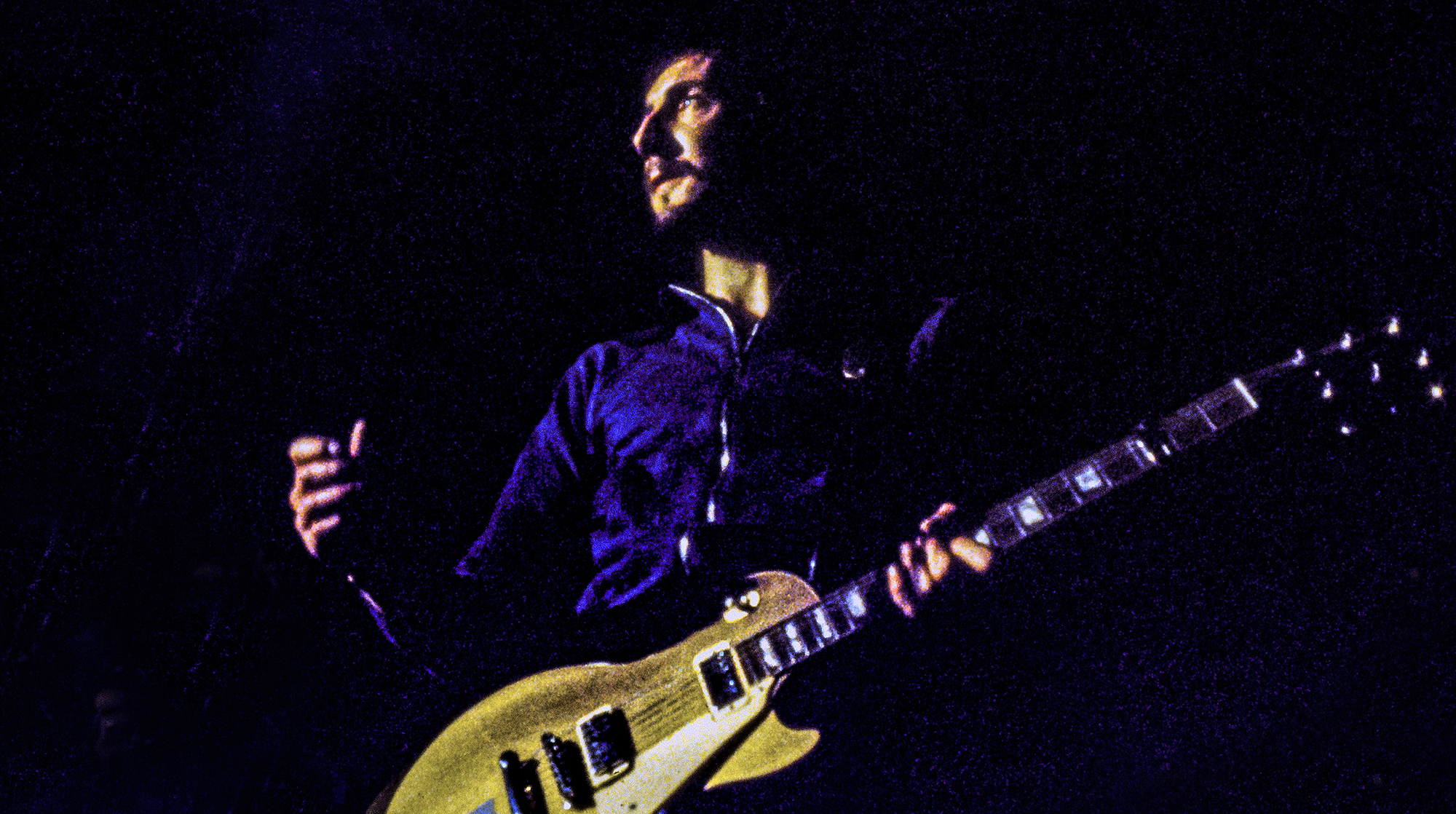
When the film Rock Around the Clock arrived in England in 1956, Pete Townshend was among the youngsters who filled theaters eager for the sight and sounds of the era’s new rock and roll artists. Townshend, then all of 11, saw the film repeatedly and even went to see its star attraction, Bill Haley and the Comets, when they toured the U.K.
But the future guitarist for the Who had his eyes set on becoming a journalist, not a musician. How he came to pick up a guitar in the first place is a story of two gifts he never asked for: an acoustic guitar.... and a very large nose.
Appearances have always been important in the world of pop. The Beatles are perhaps the epitome of 1960s rock and roll glamor and fashion, with their matching haircuts and suits made by master tailors Beno Dorn and Douglas Millings.
The Who certainly knew the importance of appearances. From the start, the group cut a figure with their mod clothes and the highly physical performance style of both Townshend and drummer Keith Moon.
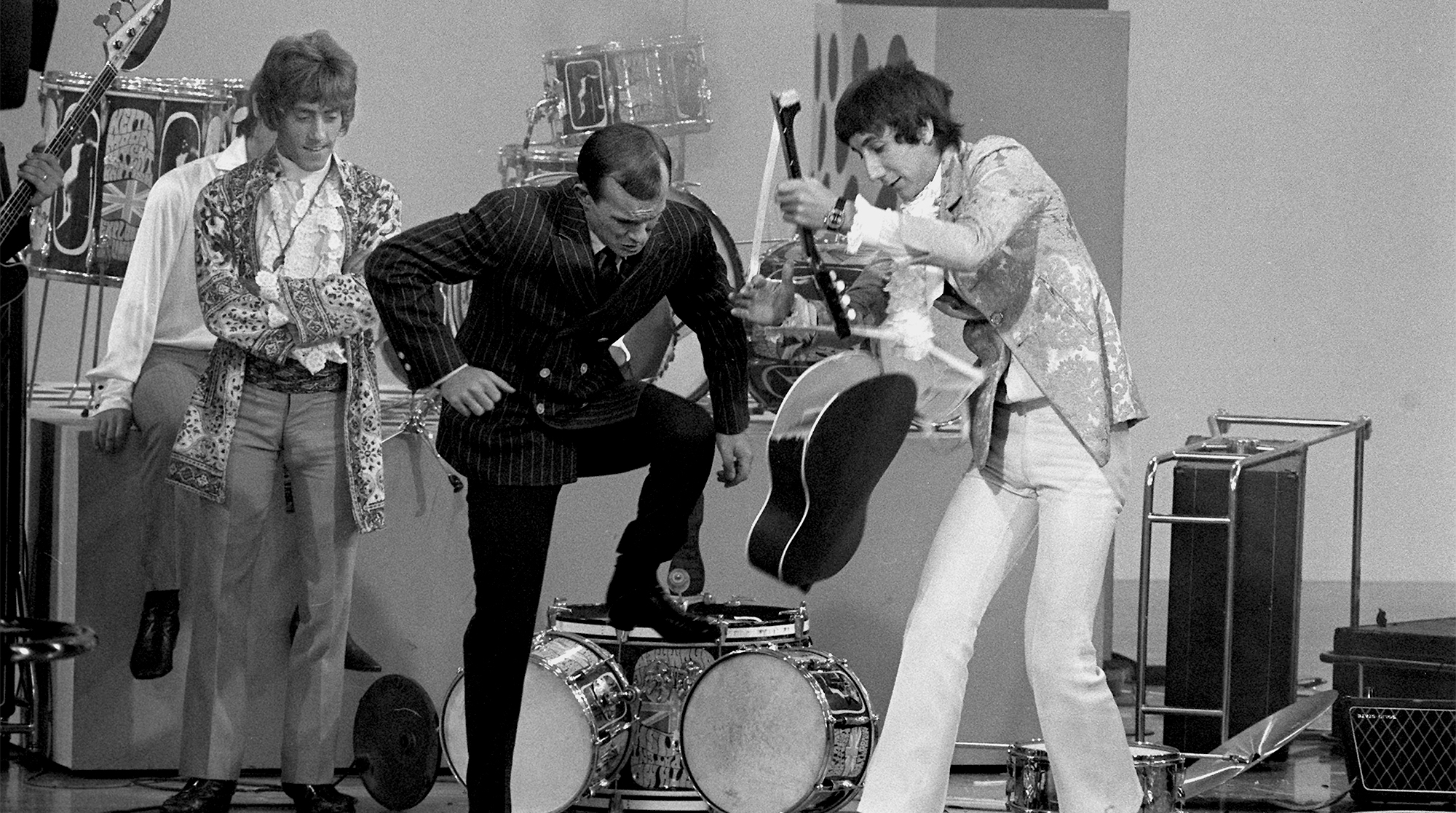
They soon became a group to watch closely when Townshend and Moon began destroying their instruments at the end of sets. Meanwhile, singer Roger Daltrey made a signature move out of swinging his microphone over his head. Even bass guitar player John Entwistle became a figure of note, if only because he barely moved an inch in contrast with his three bandmates.
But as Townshend revealed in a 1968 TV interview, the group's stage antics were done in part to distract audiences from the group’s rough appearance.
“Our group’s probably one of the most unglamorous on the stage today,” he said. “I mean, this was one our big problems — and probably still is. The group didn’t have enough glamor. It was all clothes and smashing things up.”
All the latest guitar news, interviews, lessons, reviews, deals and more, direct to your inbox!
But of the four, Townshend was beset by a unique problem: his unusually large nose. It was Daltrey who, upon meeting Townshend, dubbed the rail-thin guitarist “a nose on a stick.”
“I was very embarrassed and self-conscious about my nose for quite a while,” Townshend admitted to Playboy. “I got obsessed with it.”
It didn’t help matters that his parents were both very attractive. “My mother was no help,” he told Playboy. “She seemed to think that anybody who wasn’t beautiful couldn’t be any good. She was gorgeous, of course. My father was very good-looking, too. How they spawned me I’ll never know.”
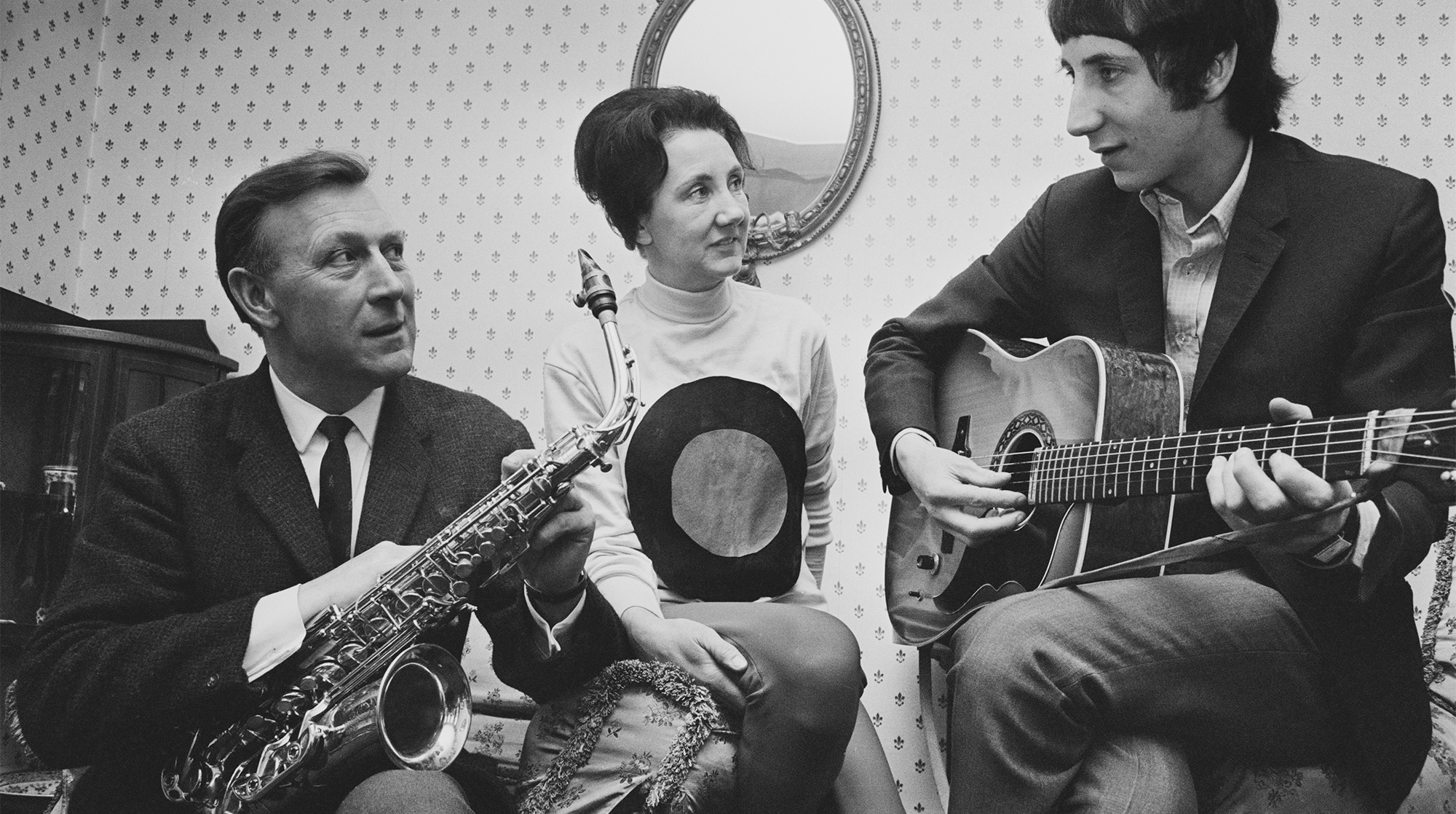
School was especially difficult, as Townshend revealed to Rolling Stone in September 1968.
“When I was in school the geezers that were snappy dressers — and got chicks like years before I ever even thought they existed — would always like to talk about my nose. This seemed to be the biggest thing in my life: my fucking nose, man.”
Townshend says not a day went by that he didn’t obsess over his outsized proboscis. He soon realized the only solution was to “distract attention from my nose to my body and make people look at my body instead of at my face — turn my body into a machine.”
He found his solution in the guitar.
“At that time, it was the reason I did everything. It’s the reason I played the guitar — because of my nose,” he said. “The reason I wrote songs was because of my nose.”
For Christmas 1956, 11-year-old Pete received a guitar from his grandmother. His father showed him a few chords, but otherwise Pete was self taught, pushed along by his desire to do something unique — something that the bullies who taunted him about his nose couldn’t do.
“I knew down inside that the only way I was really gonna become confident was to become something everybody could respect,” he told Playboy. “So I labored at the guitar, trying my best to be incredible within a few weeks.” It was an unreasonable demand to place upon himself, but he pushed himself forward anyway.
“And when it didn’t happen, it destroyed me,” he said.
It’s safe to say his deep insecurities about his appearance as well as his social awkwardness defined Townshend’s early songs and the teenage characters who inhabited them, who often dealt with social anxieties, physical impairments and limited social status. He stitched his protagonists together as he himself began to make his own sense of self whole.
“As soon as I started to write, I really came together in one piece for the first time,” he said. “Even in the early years of the Who, I suffered that frustration of searching for my niche. That’s why my first songs were so screwed-up and indecisive.”
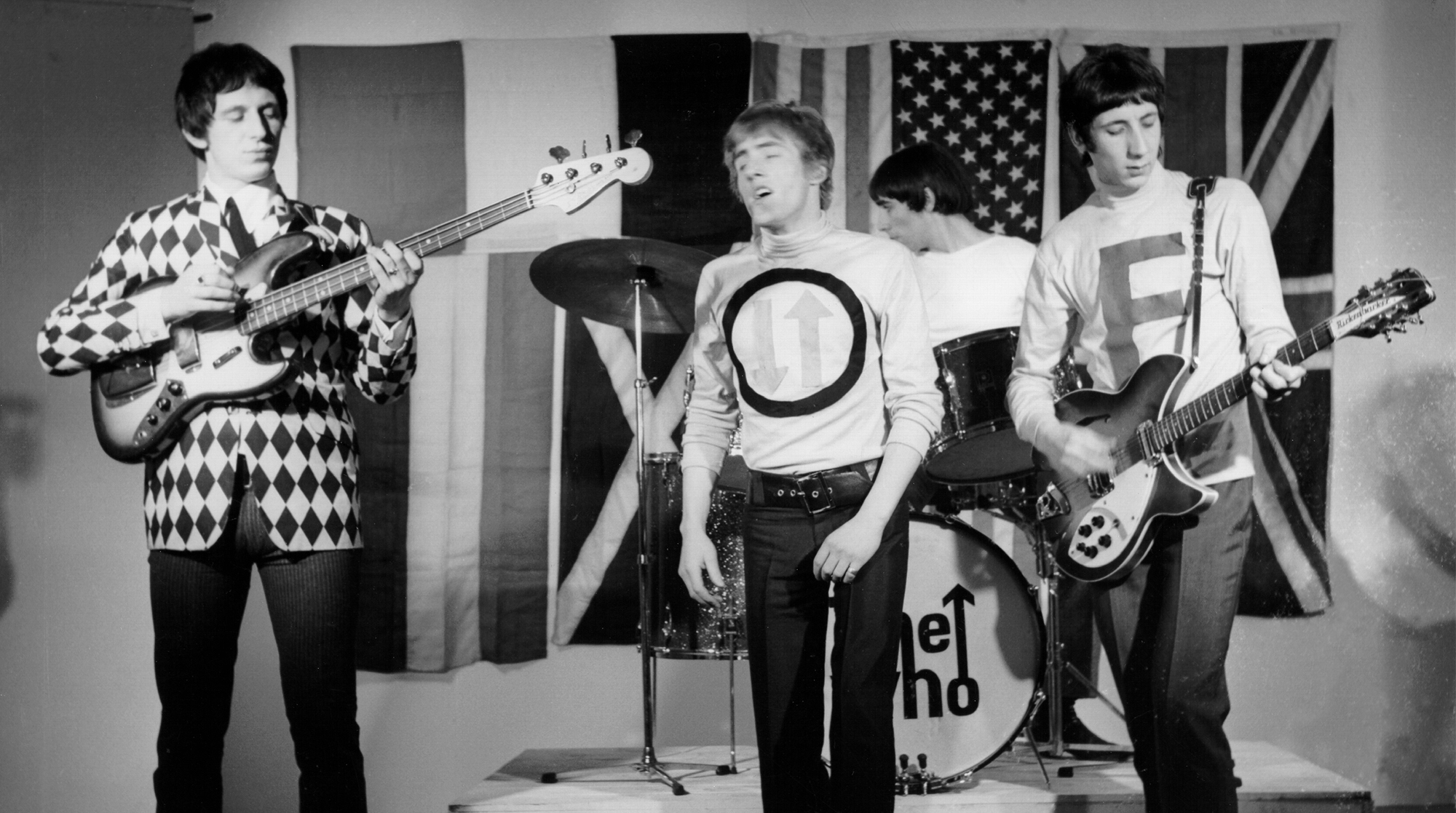
And yet, remarkably, Townshend had been correct from the very beginning when he said guitar would prove his worthiness. Although not particularly talented as a lead guitarist in the group’s early days, he was a remarkable rhythm guitarist who had developed a signature style. And he proved as well to be an original and gifted composer.
By 1968, some four years into the Who’s run, he had enough success to feel comfortable discussing his insecurities with the press and, in doing so, revealing his deep insights into his psychology.
“What is interesting is the fact that it was me versus society,” he told Rolling Stone, “until I could convince them that there was more to me than what they thought.”
By then, however, Townshend would be dealing with new insecurities about his guitar playing brought about by the arrival of Jimi Hendrix. Townshend was dismayed not only by Hendrix’s remarkable electric guitar talents but by his stage show, which was even more physical and outlandish than the Who’s.
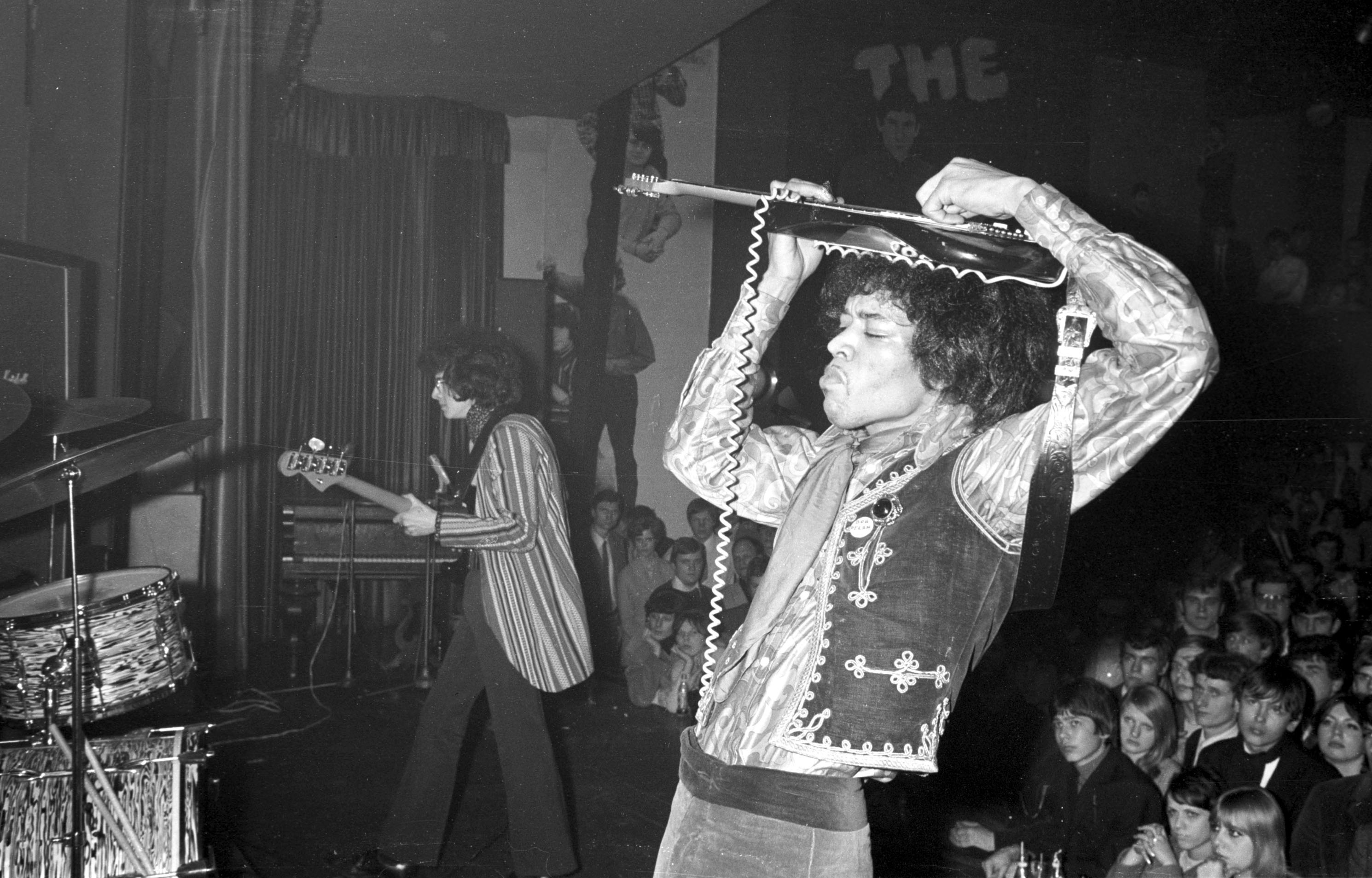
Eventually, this too would pass when Townshend reinvented himself as rock and roll’s greatest story teller with Tommy, the Who’s groundbreaking 1969 rock opera.
“I suppose I went away and got very confused for a bit, he told Guitar Player of Hendrix’s arrival. “I just sort of felt that I hadn't the emotional equipment, really, the physical equipment, the natural psychic genius of somebody like Jimi, and realized that what I had was a bunch of gimmicks which he had come and taken away from me…
“The weirdest thing of the lot is that, although people really, really value those early years, the Who was not a particularly important band at that time. We were at the end of an era; under normal circumstances the band should have just disappeared. But because he came along and, kind of like in early punk, just swept everything aside, I had to learn to write, and it became like a new art, from a new angle.”
Townshend and Daltrey continue on today as the Who's only surviving members. And while they continue to tour, Townshend has recently revealed that he prefers to work alone and offstage these days.
Elizabeth Swann is a devoted follower of prog-folk and has reported on the scene from far-flung places around the globe for Prog, Wired and Popular Mechanics She treasures her collection of rare live Bert Jansch and John Renbourn reel-to-reel recordings and souvenir teaspoons collected from her travels through the Appalachians. When she’s not leaning over her Stella 12-string acoustic, she’s probably bent over her workbench with a soldering iron, modding gear.
